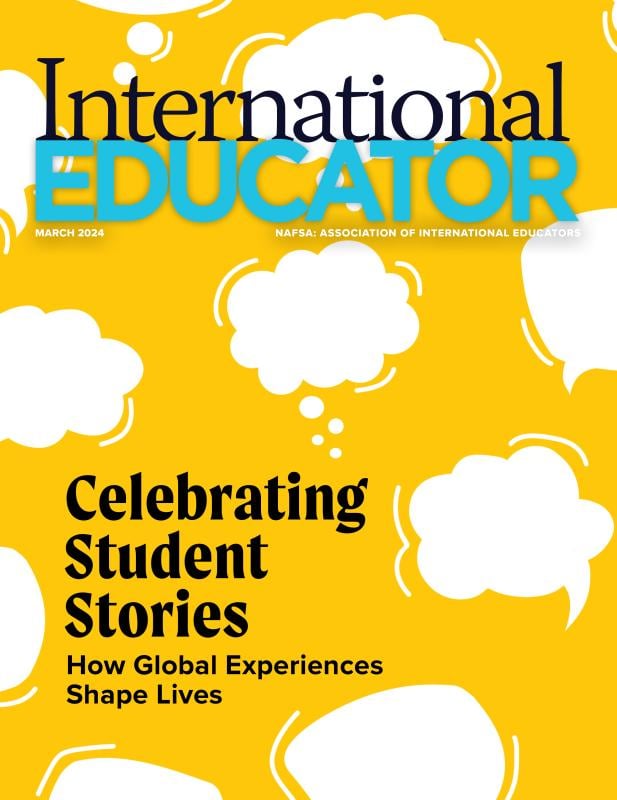About NAFSA
NAFSA: Association of International Educators is the world's largest and most diverse nonprofit association dedicated to international education and exchange, working to advance policies and practices that ensure a more interconnected, peaceful world today and for generations to come.
NAFSA 2024 Member Savings
NAFSA members save $300 USD on registration for the NAFSA 2024 Annual Conference & Expo. Members also receive special discounts on NAFSA 2024 Workshops. Select from New Member, Individual, Group, International, Student, or Retired Professional membership options. Welcome to NAFSA!



